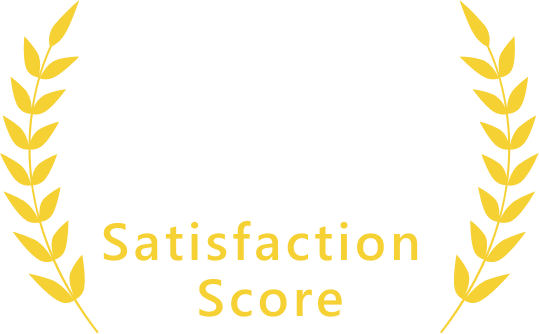


















The line between an aggressive behavior or a reactive one can be pretty slim, but there some general distinctions. In our opinion the main difference is in the intent of the dog, a reactive dog is trying to be left alone under stressful conditions, whereas an aggressive dog tends to be displaying dominance or excessive fear.
An example is leash reactivity, where a dog becomes more erratic and unpredictable when they are on leash only. On the other end would be something like human aggression, where a dog begins acting aggressively or shows threatening behaviors unfamiliar humans or people with distinct traits (children, long hair, facial hair, tattoos- as some examples of triggers).
In either case, if you believe your dog is showing signs of either of these behaviors, please seek professional help from a trainer that is qualified in behavior modification.


While there are generalizations we can make about these behaviors, there is also uncertainty since we don’t always know a dog’s full history, nor can they tell us directly. A common theme we see is that a dog’s environment and past experience can explain most cases of reactivity and aggression. It is fairly rare for a dog to be aggressive from birth, but it can happen since every dog is different. However, the usual culprit was an event that occurred that negatively impacted their view towards an individual, group of individuals, or general outlook. These behaviors typically persist since the dog will continue to see the individual/object as a perceived threat, which requires you to identify the triggers as well as shift your dog’s perspective about the threat.
Your dog will always give you a sign that something is off, it may not be huge, but it is important to be able to recognize the specific triggers that impact your pup.
An indication that it has gone too far is when your dog is lashing out and actively growling, if that is happening back up and think about how it got that far. Before your dog gets to biting or growling there will be smaller signs, if it pulls on the leash when it normally wouldn’t, maybe the hair on their back is raised, or you cannot get them to break eye contact with something else- there is something that they will do a bit differently than normal. Once they start to show these signs, try to figure out what has them on edge, and do your best to avoid it.
Avoiding the situation will not resolve reactivity or aggression in the long run, but it can prevent the situation from escalating and reduce chances of harm to yourself, your pup, and/or others.
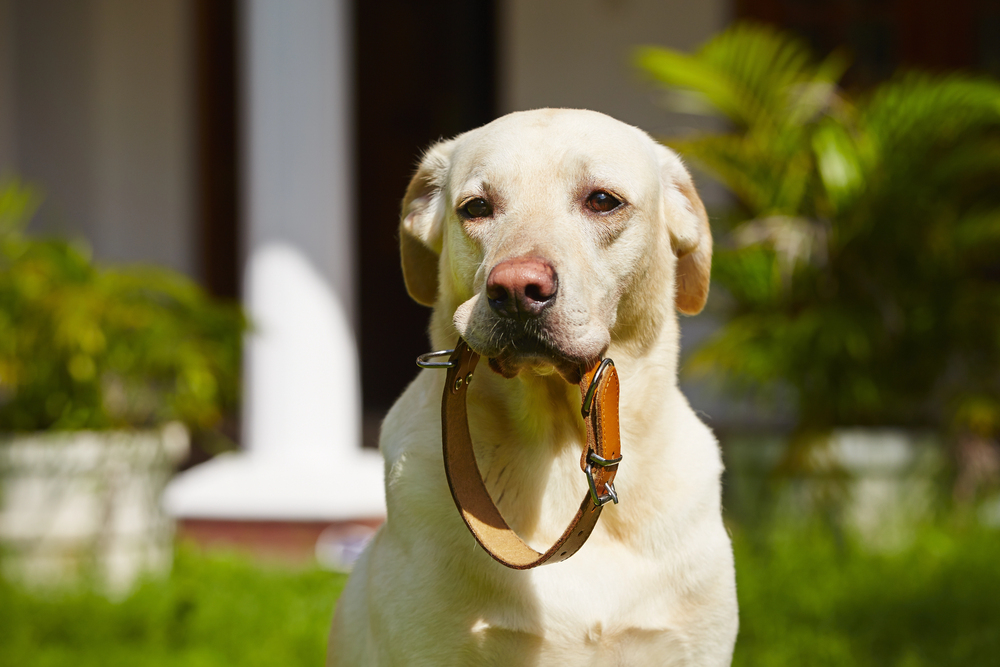
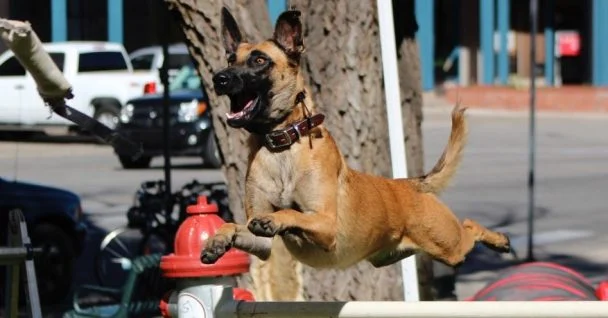
Reactive behaviors in dogs are often linked to fear, whether it is toward other dogs, humans, or certain objects even, most commonly derived from past experiences. Once a dog becomes afraid of something, they have a difficult time getting past the fear because they do whatever they can to avoid it.
A common way help dog reactivity caused by fear is to get them used to it in a more positive light, which we will discuss more below in the counter conditioning section.
We wish there was a set of golden rules to follow, but every situation is different and therefore there are many possible solutions. The most important thing you can do is set your dog up for success- know their triggers, read their body language, and don’t allow a situation to escalate if you can help it!
Beyond that, if you have a reactive dog or one with true aggression, they will need behavior modification training done by a qualified professional dog trainer. We recommend signing on for a free training consultation, as it is important to meet your trainer and understand if the program will be a good match for your training goals.

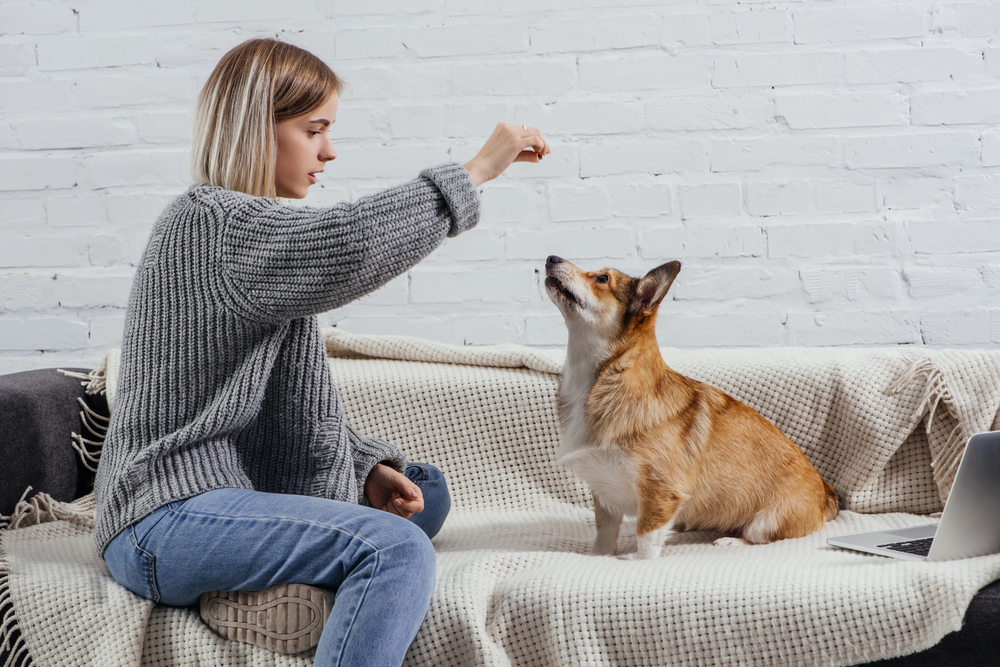
A simple yet effective technique for most dogs, counter conditioning is getting them to see something in a more positive way than they used to.
If your dog reacts to other animals, a way to counter condition them would be to get them around other animals with things that they also like and react positively towards- it may be treats if they are food motivated, or the classic positive reinforcement of pets and ‘good boys’. You are trying to show them that what they once fixated on as a negative is really not such a bad thing.
This approach may work better for some dogs than others, in any case you want to take it slow, be very careful, and when in doubt- seek professional aid!
Safety is paramount if you are handling an aggressive dog, but not all approaches are equal from what we have observed. We believe the biggest risk is with a dog biting, and so simple bite prevention can be a very effective approach- our recommendation is to get them muzzle trained!
A dog muzzle does need to be properly sized to ensure it fits your dog properly without falling off or causing them discomfort/harm. When used properly it prevents possible bites and escalating conflicts as a result.
We do not recommend using choke chains or pain inducing corrections- you are only reacting to aggression with more aggression, it will not resolve the situation, it will only extend it.
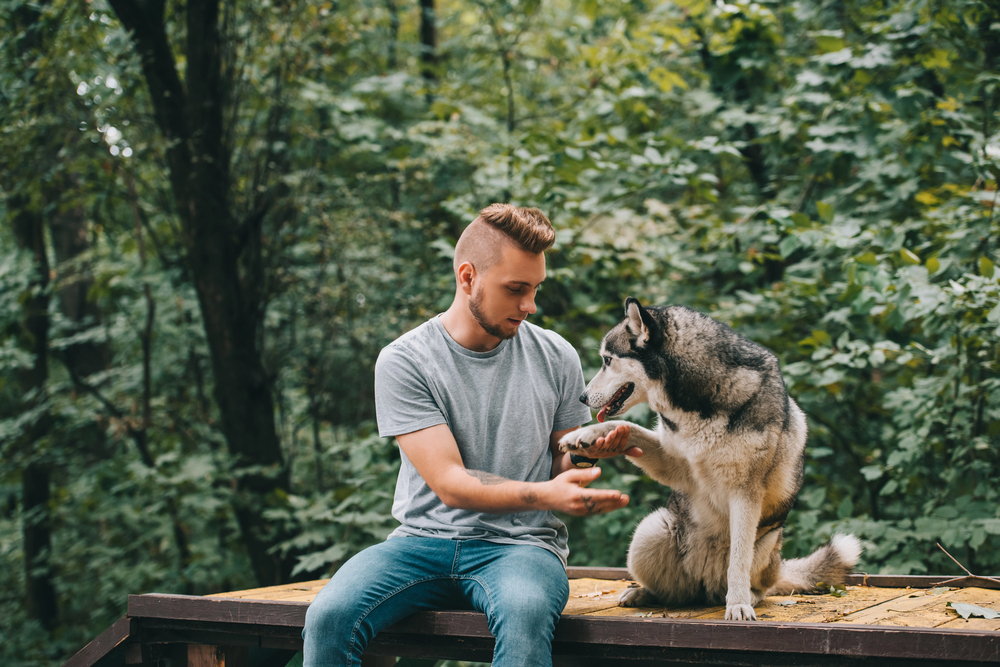

Training your dog can be a tough project, but with an effective training plan and the determination to see it through, nearly anything is possible! If you have a reactive dog or one with aggressive behaviors, we strongly recommend seeking out a professional opinion since there are considerably higher risks involved with getting the training wrong.
At Sit Means Sit we take pride in our results with obedience training as well as resolving both reactive and aggressive behavior issues in dogs, sign up for a free consultation today to learn more and get your training goals accomplished correctly the first time!
Learn Why Dog owners choose Sit Means Sit Dog Training
Great staff and great results! They took great care of our dog during her 2 week board and train and we couldn’t have been happier. Thanks McKenzie for all your help and extra lovings for Rosie!
Kristina Maynard
Professional and patient. Our dog is now well behaved. Victoria did a fine job with our dog. Loving yet firm. Great job. Would highly recommend this company.
Thomas King
We were amazed, week after week, how much our pups were learning and how well behaved they are. Just five minutes into their first training and they were catching on to commands. We are thankful to Adam and his team for their hard work with our dogs and for teaching our family. 10/10 recommend!
Alicia Dagley
Looking into providing my Mini Labradoodle “Annie” with professional traing to enhance our timed in public!
Rodger Hang